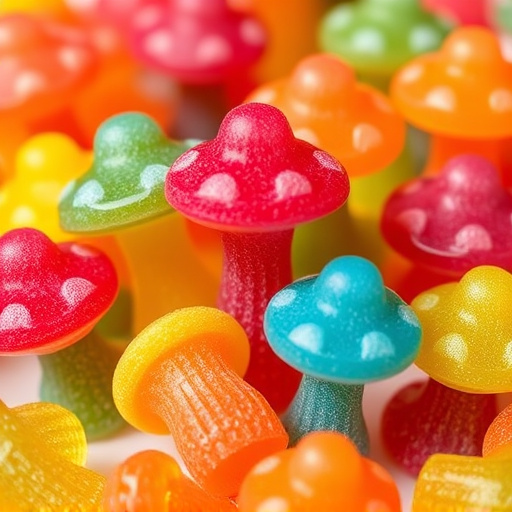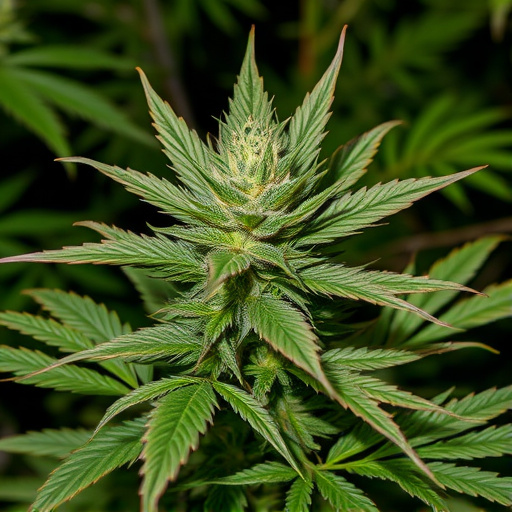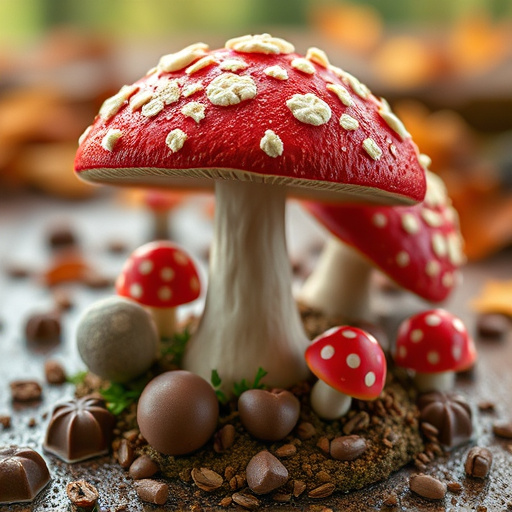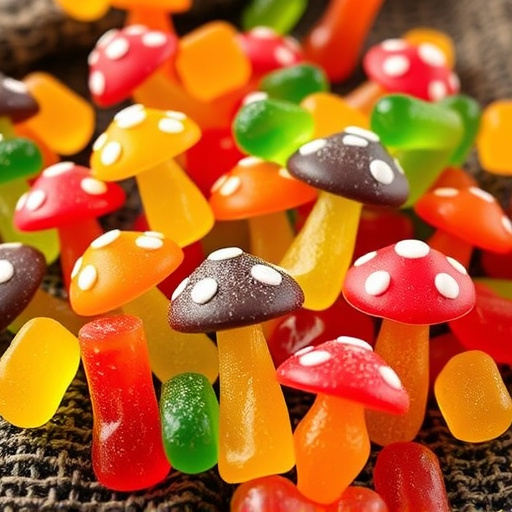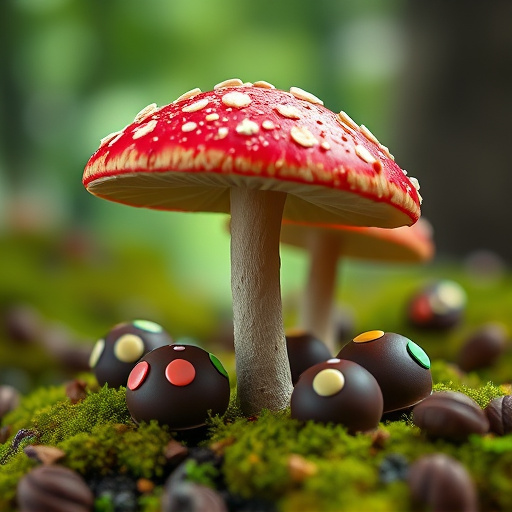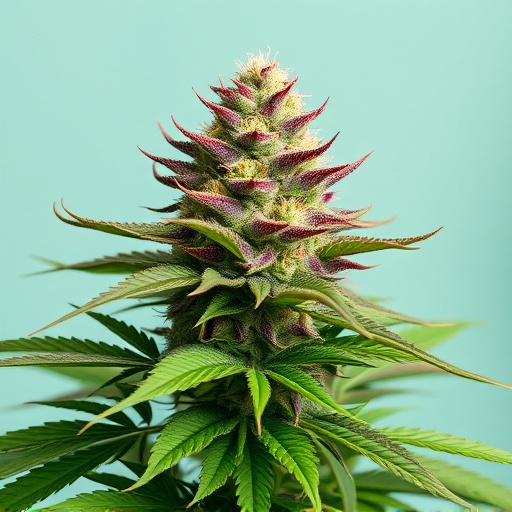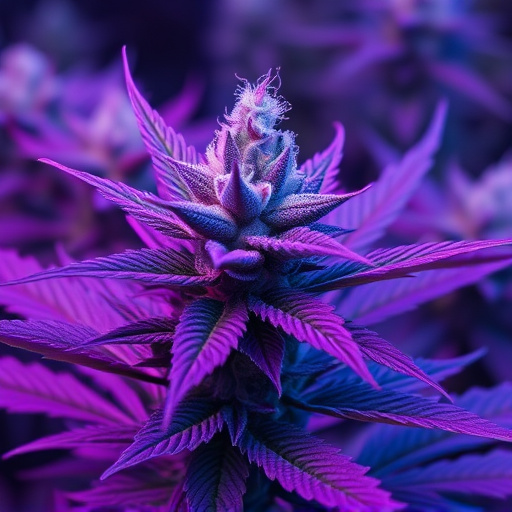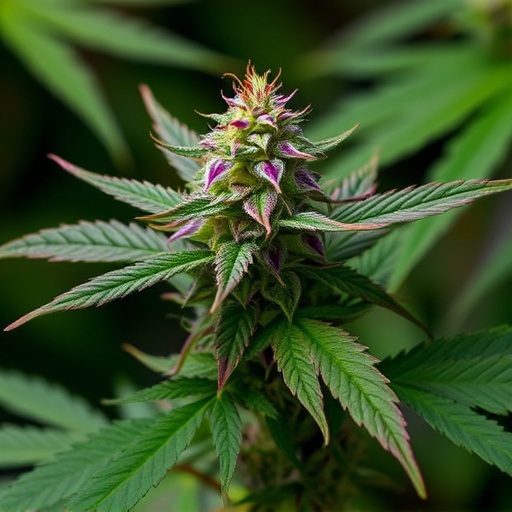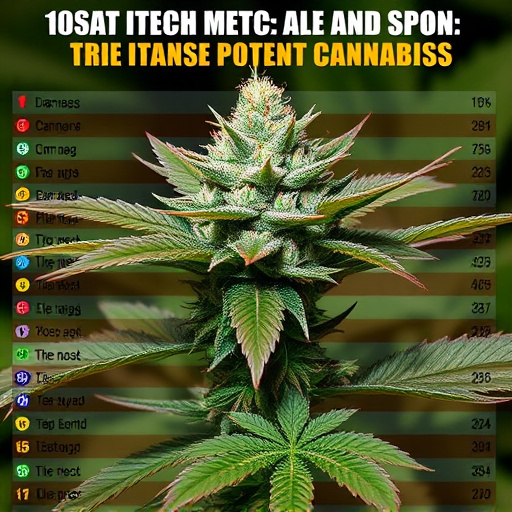Cannabis genetics significantly influence the plant's appearance and effects, with pigments linked to specific genetic traits creating sought-after strains. Terpenes, essential oils responsible for flavors and colors, play a crucial role in shaping cannabis profiles, including potency levels. Vibrant purple, red, and blue hues signal unique terpene and cannabinoid combinations, indicating high THC or rare cannabinoids like THCV and CBG. These colored strains are known for their enhanced relaxation, pain relief, and other beneficial effects, making them among the most potent cannabis varieties available.
Discover the captivating secrets behind the vibrant hues that adorn the cannabis plant. In this article, we unravel the mysteries of what causes purple, red, and blue weed, delving into the intricate world of cannabis genetics and pigmentation. Explore how terpenes play a pivotal role in strain coloration and uncover the most potent cannabis strains known for their striking visual appeal and robust effects.
- Understanding Cannabis Genetics and Pigmentation
- The Role of Terpenes in Strain Coloration
- Uncovering the Most Potent Cannabis Strains by Color
Understanding Cannabis Genetics and Pigmentation
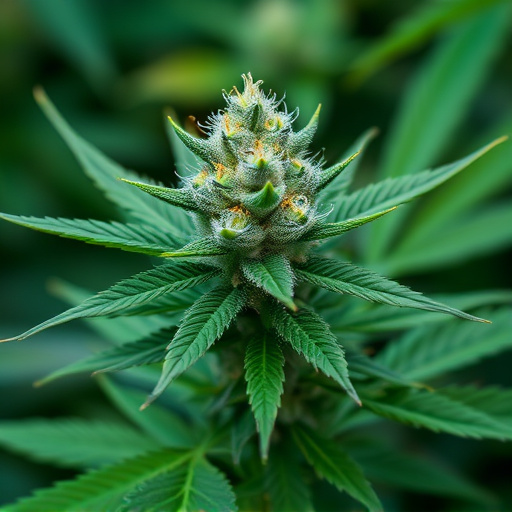
Cannabis, a complex plant with a rich genetic makeup, produces a wide array of chemical compounds that contribute to its diverse appearances and effects. Understanding cannabis genetics is key to unlocking the secrets behind the varying colors of this versatile species. The pigments responsible for the striking red, blue, and purple hues in weed are often linked to specific genetic traits. These colors are not merely cosmetic; they can indicate unique cannabinoid profiles, making certain strains more sought-after by enthusiasts seeking the most potent cannabis strains.
The genetics behind these pigment variations are multifaceted. Some strains inherit genetic markers that enhance the production of anthocyanins, natural pigments found in many plants, resulting in vibrant purple or blue shades. Other factors, such as environmental conditions and growing practices, can also influence pigmentation. By studying and selecting specific genetic lines, breeders create new cannabis varieties with not only distinct appearances but also unique cannabinoid and terpene profiles, further expanding the diverse world of most potent cannabis strains.
The Role of Terpenes in Strain Coloration
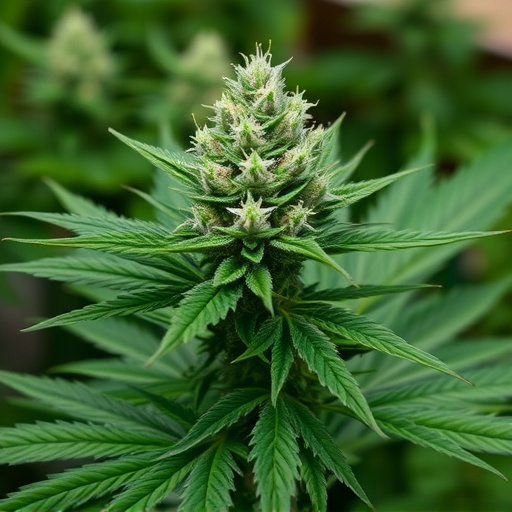
Terpenes, often referred to as the “essential oils” of cannabis, play a significant role in determining the final color and appearance of different strains. These aromatic compounds are responsible for not only the distinct flavors and aromas associated with various cannabis varieties but also their visual characteristics. In many cases, terpenes contribute to the vibrant hues of purple, red, or blue that make certain strains so visually appealing.
Among the most potent cannabis strains, those boasting high levels of specific terpenes tend to exhibit these unique colors. For instance, anthocyanins, a type of terpene pigment, are known to contribute to purplish-red tones. Cannabigerol (CBG), a lesser-known terpene, can also impart a blue or purple cast when present in significant concentrations. These terpenes not only affect the color but also influence the overall effect and potency of the strain, making them an essential component in creating the diverse range of experiences associated with different cannabis varieties.
Uncovering the Most Potent Cannabis Strains by Color
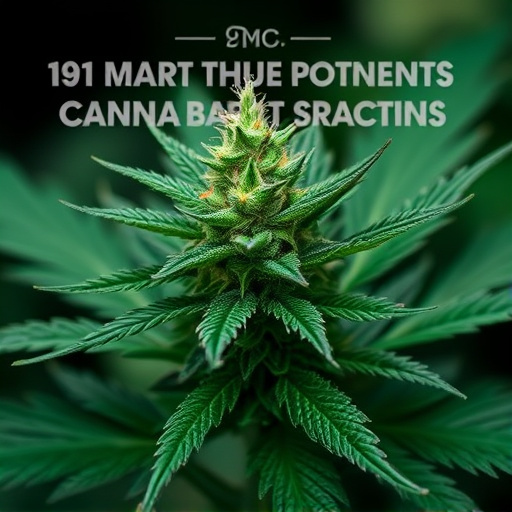
Uncovering the vibrant colors in cannabis isn’t just about aesthetics; it often reveals a powerful secret—the potential potency of each strain. Among the spectrum, purple, red, and blue hues stand out, signaling unique chemical compositions that contribute to their strength. These colors are indicative of specific terpene and cannabinoid profiles, such as high levels of THC or the presence of rare cannabinoids like THCV or CBG.
Scientists and cannabis enthusiasts alike have long observed that strains boasting these colors tend to be among the most potent available. Purple weeds, for instance, are renowned for their rich concentrations of myrcene, a terpene linked to sedative effects, which can enhance the overall relaxation and pain-relieving qualities of the plant. Similarly, red cannabis strains often contain high levels of limonene, known for its uplifting properties, while blue strains may have distinctively higher levels of pinene, offering potential respiratory benefits.
Cannabis coloration, from purple to red and blue, is a complex interplay of genetics, terpenes, and environmental factors. Understanding these influences allows us to appreciate not only the visual diversity but also the potential for unique experiences offered by different strains. By exploring these nuances, we can uncover the most potent cannabis strains, each with its distinct characteristics and effects, catering to various preferences in today’s thriving market.
